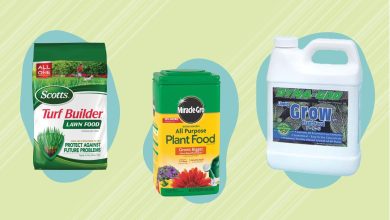How to grow Oregano. Learn to Plant Oregano in pots | complete guide
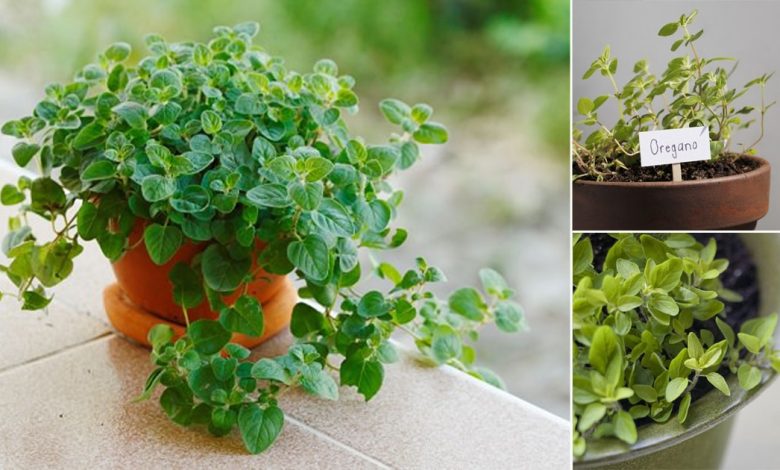
In today’s post we will see how to grow oregano in pots easily. Discover what the uses and benefits of this aromatic are and learn how to grow oregano at home step by step thanks to the aromatic cultivation guides that Agrohuerto brings you.

Uses and benefits of oregano
- Widely used throughout the world as a condiment in the kitchen to aromatize oils and flavor stews, salads, etc.
- Rich in vitamins, minerals, phytochemicals, and other beneficial antioxidants that help prevent disease and improve health.
- It is considered a medicinal plant thanks, among other things, to its antibacterial and anti-inflammatory properties. The essential oil and the leaves and flowers of oregano are used to make medicinal infusions and natural preparations.
- It is one of the plants used to attract bees and other beneficial pollinators to the orchard and garden.
- Intercropped with other aromatic plants and vegetables, it is very positive for the health of the garden, since its smell repels some of the main pests and its flowers attract beneficial insects as the » natural enemies « of harmful insects.
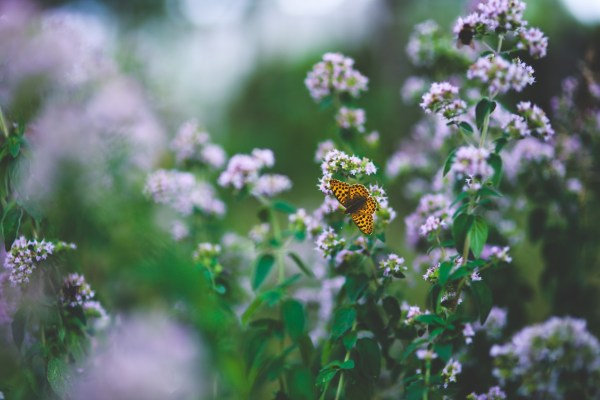
How to grow oregano in pots
Planting oregano in pots does not differ too much from growing oregano directly in the ground or on garden beds.
To grow oregano in pots or window boxes, it is not mandatory to make previous seedbeds (oregano can be sown directly in the culture containers), but if we are going to intersperse the oregano in the garden in association with other plants, it is highly recommended to first make seedbeds and then plant oregano in the garden.
Another much easier and faster option to plant oregano at home is to buy oregano stakes or cuttings (fragments of stems that can give rise to a new plant). This is an aromatic that reproduces very well by cuttings, so you can directly plant a few stems -if you have access to an oregano plant- or buy an oregano seedling to later transplant the seedlings in pots or in the garden.
How is oregano grown?
The first thing to do oregano seedlings is to find the right containers. You can buy seedbeds with alveoli (like the ones in the first photo in the image below) or make the seedbeds by reusing plastic containers or other materials.
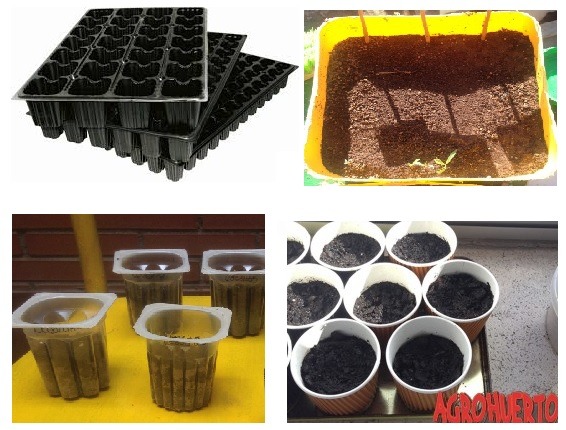
If we use reused containers, such as yogurt cups, it is important to make a small hole in the bottom so that the excess water drains when we water. This is not necessary if we buy the seedbeds since, both the plastic ones and the polystyrene ones, usually have one or several holes per alveolus.
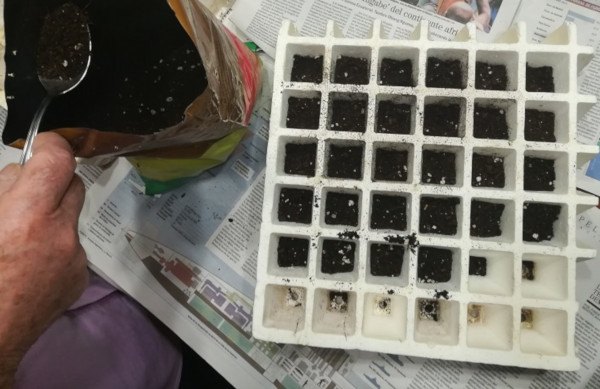
After filling the soil seedbeds, with the help of a pen, a stick, or similar, you have to make a small hole in the substrate (approximately half a centimeter deep). In these holes we will place the seeds that have previously been soaked for one or two days to hydrate and make germination easier.
To sow oregano at home, it is important to place two or three seeds in each of the cups or alveoli of the seedbed, since they never germinate 100%. After introducing the seeds we will fill with a little soil so that the seeds are covered.

We will repeat the same operation in each alveolus of the seedbed or in each glass, until we have the complete oregano seedbed. We will place it in a place protected from the cold (at about 15-20 ºC) and where it can receive sunlight (near the window or on a closed terrace, for example) and on a tray that collects the excess irrigation water.
The watering of the oregano seedbed should be quite frequent. During the first days, before the emergence of the first leaves or cotyledons, it is convenient to water every day (preferably with a sprayer so that the seeds do not sink). When the seedlings are already germinated, it is enough to water the seedbed every two days with a cup or a small watering can.
How to plant oregano
When the oregano plants are the right size (about three fingers tall and have 8-10 true leaves) they should be removed from the alveoli or containers that form the seedbed and transplanted to the final place.
The best time to plant oregano is early spring. In Spain, for example, the seedbeds are made at the end of February and the planting at the end of March or beginning of April.
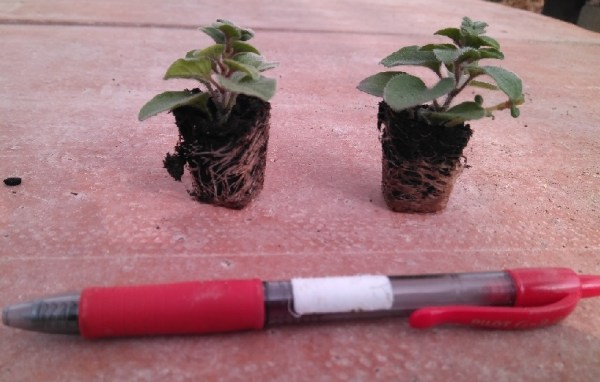
Oregano can be planted in cultivation containers, either in the orchard or in the garden together with other vegetables and aromatics. In both cases it is important to choose a sunny place and, if we are going to plant directly in the ground, it should be in an area that does not get waterlogged.
To put oregano in pots, the depth of the containers should be at least 25 cm. If we are going to grow oregano in the garden or in the orchard, the planting frame should be approximately 50 x 25 cm 2 (50 cm between rows and 25 cm between the plants of each row).
Oregano does not tolerate excess moisture in the soil and prefers well-drained soils, even a little sandy. For this reason it is important to put some drainage stones at the bottom of the pots, to favor the evacuation of water and prevent fungi that can appear on the oregano roots due to excess moisture.
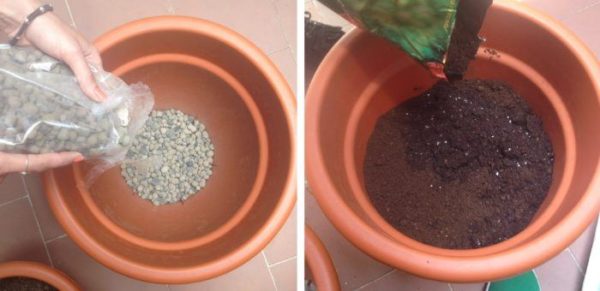
It is also important to consider that oregano is a perennial plant that can be grown for years, so the substrate that we prepare must contain enough nutrients for the plant to continue giving a good harvest for several seasons. To do this, in the central third of the pot, mix the universal substrate with organic fertilizer such as earthworm humus or compost, so that we obtain a well-fertilized soil prepared to house the oregano plant.
Here is a video from our Agrohuerto TV channel in which Álvaro explains the tricks for transplanting from seedbeds to pots to grow oregano and other aromatic plants.
Once we have the oregano plants in pots or in the garden, we have to take care of them and water them so that they grow.
Irrigation and care How long does the oregano plant take to grow?
Oregano takes about 2-3 months to be ready for the first harvest after planting. During this time we must water it, take care of it and watch for pests and diseases that may appear.
Unlike other aromatic plants, this is a plant that prefers little water, so it will suffice to water the oregano once a week. It is important to prevent the water from touching the stem and leaves to prevent the appearance of fungi, so a localized irrigation system (such as drip irrigation) is recommended, or water with a watering can very slowly and waiting for the The soil absorbs the water little by little, without it accumulating or flooding the culture container.
The most common oregano diseases are garden fungi and, to a lesser extent, others caused by nematodes and viruses that have infected the substrate. The pests that most attack oregano are mites (such as red spiders or white spiders), aphids and some small caterpillars.
When growing oregano, it is important to continually monitor for pest and disease symptoms (such as dry leaves, spots, or wilting). If so, we must remove the leaves and diseased parts of the plant and apply natural preparations against pests and diseases (which can also be applied before their appearance, as a preventive measure).
How and when should you harvest or cut oregano?
The oregano harvest is done just before the flowers come out. Being a perennial plant we can obtain several harvests a year. The first harvest is usually from late spring or early summer (depending on the weather), about two to three months after planting.
It is important that the length of the oregano stems at the time of harvest is sufficient. The oregano sprigs should measure at least 10-15 cm in length (we will leave the stems that are smaller so that they continue to grow until the next harvest).
With the help of scissors or tongs, cut the oregano branches about 3-5 cm from the base.
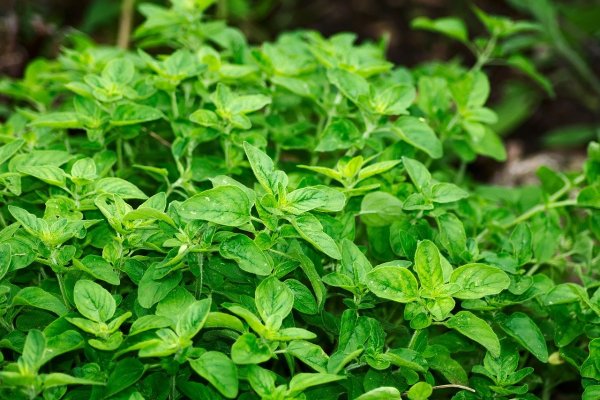
If we have oregano in the orchard or garden, it is important not to harvest the oregano when the plants are still wet from dew or just after the rains. In the event that the oregano leaves are wet, wait for them to dry and harvest in mid-afternoon.
Place the freshly cut oregano in a sunny place (preferably indoors, especially in humid areas) so that they dry and rot does not appear on the leaves. Put the oregano branches spread out on a horizontal surface such as a tray, a basket or a towel on the ground; or upside down, hanging in bundles. A few days later, when it is completely dry, separate the leaves from the woody twigs and store in glass jars.
References
- Albado Plaus, E. et al., 2001. Chemical composition and antibacterial activity of the essential oil of Origanum vulgare (oregano). Herediana Medical Journal, vol. 12 (1), p. 16-19.
- Siura C., S. & Ugás, R., 2001. Cultivation of aromatic and medicinal herbs. National Institute of Agrarian Research (INIA) of the Ministry of Agriculture, brochure RI nº 10, Lima, Peru.
- Muñoz Centeno, L., 2002. Spanish medicinal plants: Origanum vulgare L. (Or égano). Malacitana Botanical Act, No. 27, p. 273-280.
- Argüello, JA et al., 2012. Production system and value chain of Oregano (Origanum sp.) cultivation. ΦYTON. International Journal of Experimental Botany, Vol. 81, p. 23-34.

![Photo of Myrtle: [Properties, Growth, Fruit, Types and Care]](https://www.complete-gardening.com/wp-content/uploads/2022/08/myrtle-properties-growth-fruit-types-and-care-390x220.png)
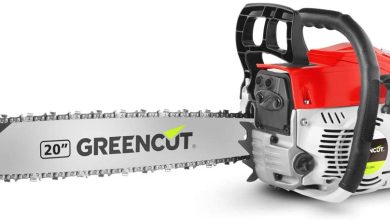
![Photo of How to Plant Green Beans: Complete Guide [Steps to Follow + Images]](https://www.complete-gardening.com/wp-content/uploads/2022/08/how-to-plant-green-beans-complete-guide-steps-to-follow-images-390x220.jpg)
